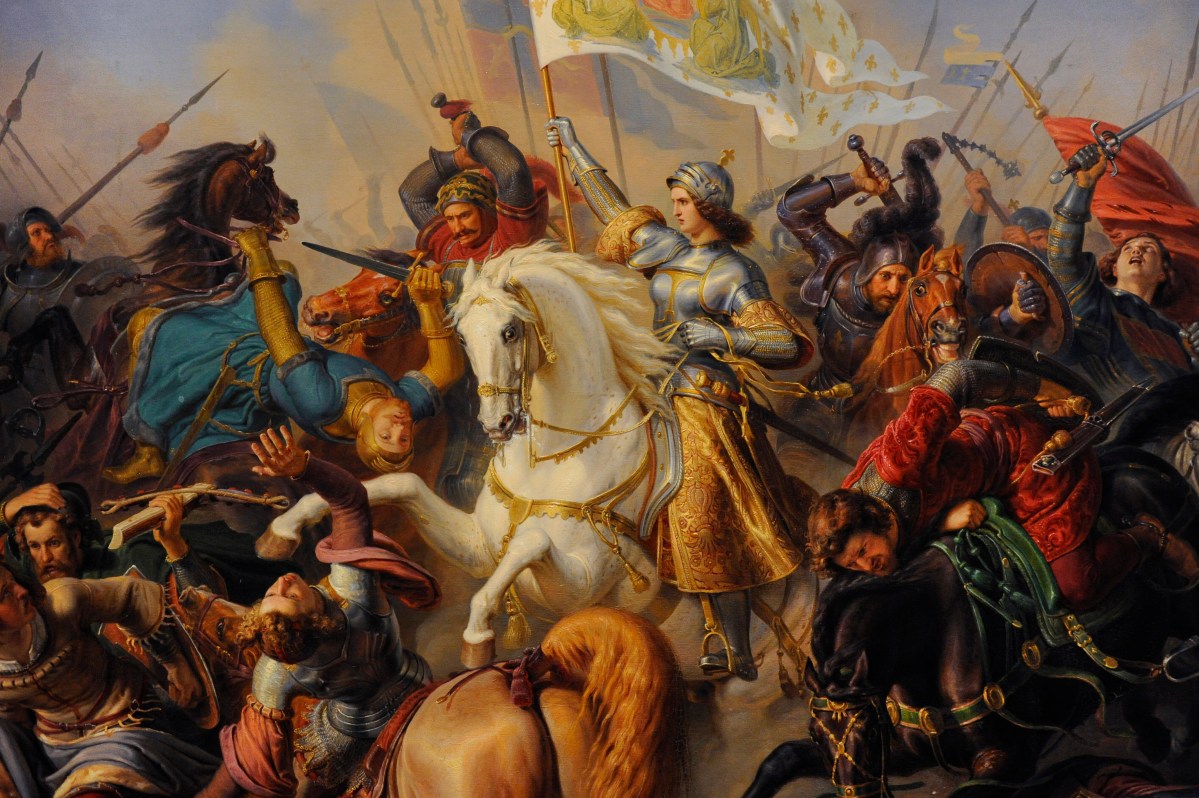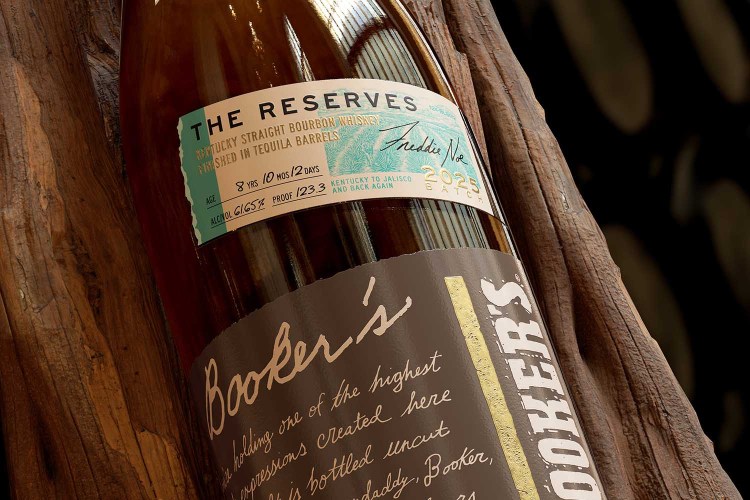Throughout history, women have tirelessly fought alongside men in order to become leaders and change-makers. So, we took a look back at some of these inspirational women throughout history, who are all as relevant today as they were in their own time, to understand how they have impacted mythology, pop culture, and the world we live in today.
1. Joan of Arc

Joan of Arc (Jeanne d’Arc) was born a peasant girl in medieval France. And though she had no military training and was still a teenager, yet she fervently believed that God had chosen her to lead France to victory in its long-running war with England. She convinced the French crown prince, Charles of Valois, to allow her to lead his army to the besieged city of Orléans by picking him out of a crowd even though he was disguised and she had never met him. She went on to break the siege and win the battle over the English and their allies, the Burgundians. Then, she and her followers escorted Charles across enemy territory to Reims and captured by force any towns that resisted. Thanks to her bold campaign, the prince was crowned King Charles VII in July 1429.
But less than a year later Joan was captured by Anglo-Burgundian forces and was tried for witchcraft and heresy. On May 30, 1431, at the age of 19, Joan of Arc was burned at the stake. Nearly 400 years later, on May 16, 1920, Pope Benedict XV officially canonized Joan as a saint of the Catholic Church. And today her short, but iconic life story endures as an powerful symbol of gallantry and French unity and an inspiring model for female empowerment.
2. Sacagawea
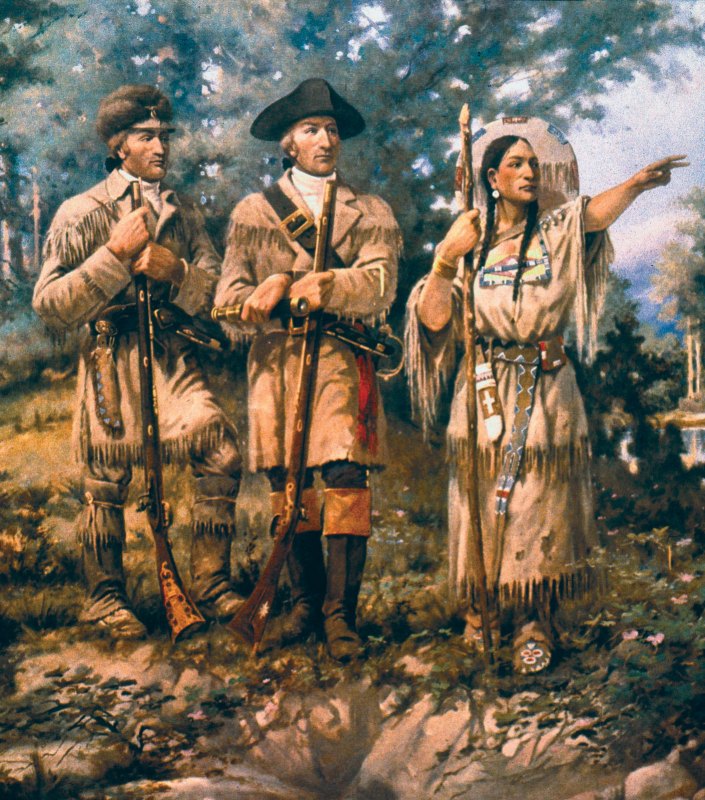
3. Sojourner Truth
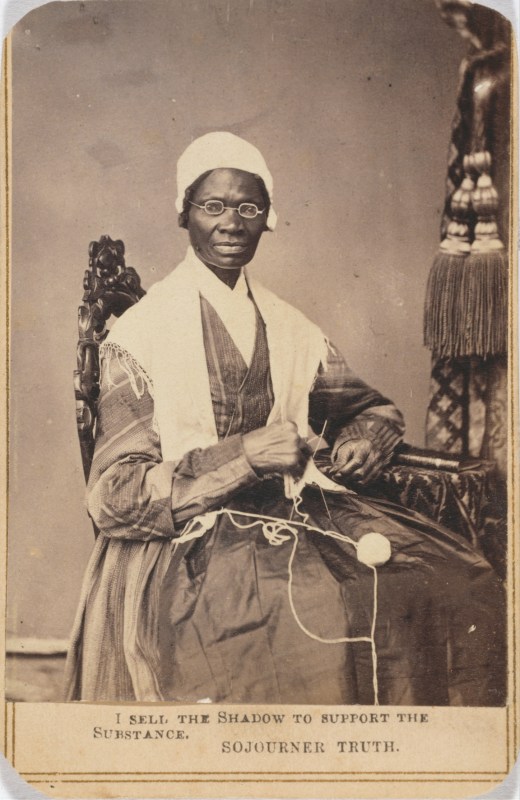
Sojourner Truth was born to slave parents around 1797. She and her family, which included around 10 to 12 siblings, were kept on an estate in the town of Esopus, 95 miles north of New York City. She was sold at age nine for $100 to a new owner, John Neely, a Dutch slave owner who frequently beat her until he died in 1806. After his death, she was sold several more times before ending up in nearby West Park, New York as the property of John Dumont, whose treatment of her was only slightly better. Sometime around 1815, Truth started a relationship with a slave named Robert on a different farm, even though courtship between slaves was specifically forbidden. When her partner’s owner, Charles Cation, caught wind of the pair, he beat Robert so badly that the slave later died from his injuries. The brutality of the incident permanently scarred Truth, who was later forced to marry a slave 20 years her senior, with whom she had four children.
Even before the state of New York officially ended slavery,Truth became restless for freedom and she left the Dumont farm and found work as a domestic servant. When she found out that one of her sons, Peter, had been sold to a slave owner in Alabama, she took her former slave owner to court with the help of her new employers, claiming that her son had been sold illegally. Remarkably, Truth won in court, and her son was brought back from Alabama.
Over time, Truth became deeply religious and felt a calling to travel around the country to speak about the barbaric realities of slavery and other injustices. She famously said, “The Spirit calls me, and I must go.” She was an incredible force in the abolition movement, and was active in supporting women’s rights, religious tolerance, pacifism and prison reform. She wrote and sold a book in 1850, The Narrative of Sojourner Truth: A Northern Slave. In May 1851, she gave a famous speech, most commonly known as Ain’t I A Woman that demanded equal rights for black people and women, which became so popular that it was published countless times. In October 1864, her tireless work on behalf of African-Americans earned her an invitation to Washington D.C., to talk with President Abraham Lincoln, marking the first time in history that a black woman met with the U.S. President in the White House as an equal. In 1981, Truth was inducted into the National Women’s Hall of Fame.
4. Cleopatra
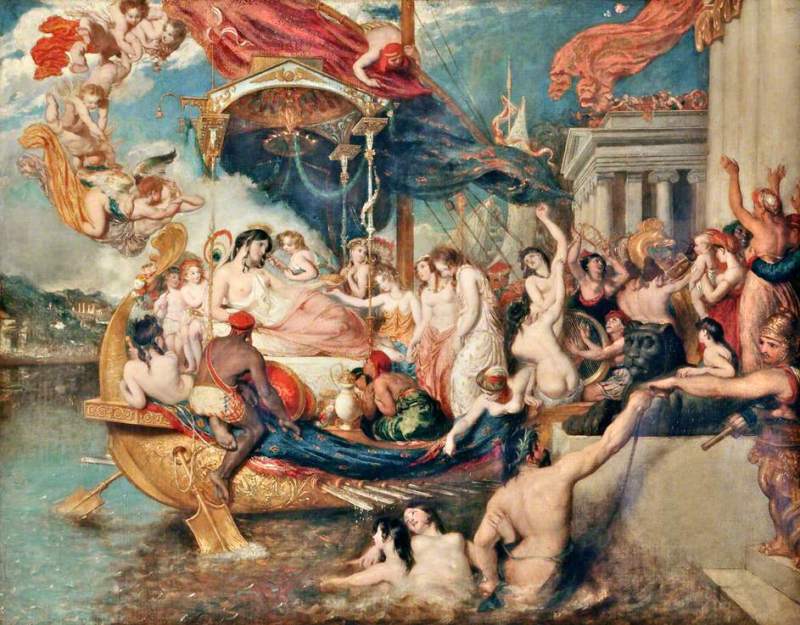
Cleopatra VII ruled ancient Egypt as co-regent (first with her two younger brothers and then her son) for nearly three decades. She was the last in a dynasty of Macedonian rulers founded by Ptolemy, who was the general under Alexander the Great during his conquest of Egypt in 332 B.C. Cleopatra could speak several languages, and she was always the dominant leader during her shared reigns.
She earned an enduring place in both history and popular myth thanks to her romantic liaisons and military alliances with the likes of Roman leaders Julius Caesar and Marc Antony, as well has her supposed exotic beauty and powers of seduction. Her love affair with Marc Anthony was the inspiration for the famous Shakespeare play Antony and Cleopatra, which is known as one of the playwright’s best works. But she is also seen as a fierce feminist, since she stood as a lone symbol of a powerful, successful woman during a time when women were supposed to be subservient to their male counterparts. She was a capable leader, highly intelligent, a brilliant linguist and an admirable administrator, Harvard professor Mary Hamer told the New York Times.
5. Ng Mui
Ng Mui is said to be one of the Five Elders who survived the destruction of the Shaolin Temple. Shaolin Temple Pagoda Forest (Wikipedia).Ng Mui , one of the legendary Five Elders of Shaolin, was a legendary survivor of the destruction of the Shaolin temple by the Chinese Qing Dynasty. She is credited as the founder of martial arts styles Wǔ Méi Pài (Ng Mui style), Wing Chun, Dragon style, White Crane, and Five-Pattern Hung Kuen.
Ng Mui had been a student at the Henan Shaolin Monastery when it was destroyed. She fled to the White Crane Temple and there she met a young girl who was being forced into marriage by a bandit. Ng Mui taught the girl to defend herself by distilling Shaolin martial arts knowledge into a quick lesson. Her clever, adaptable style of self defense was a great equalizer as it took away the advantages of size, weight or gender. Ng Mui’s inspiring story has since been incorporated into popular Chinese and Western culture, including martial arts star Michelle Yeoh’s 1994 movie Wing Chun.
This article appeared in an InsideHook newsletter. Sign up for free to get more on travel, wellness, style, drinking, and culture.
